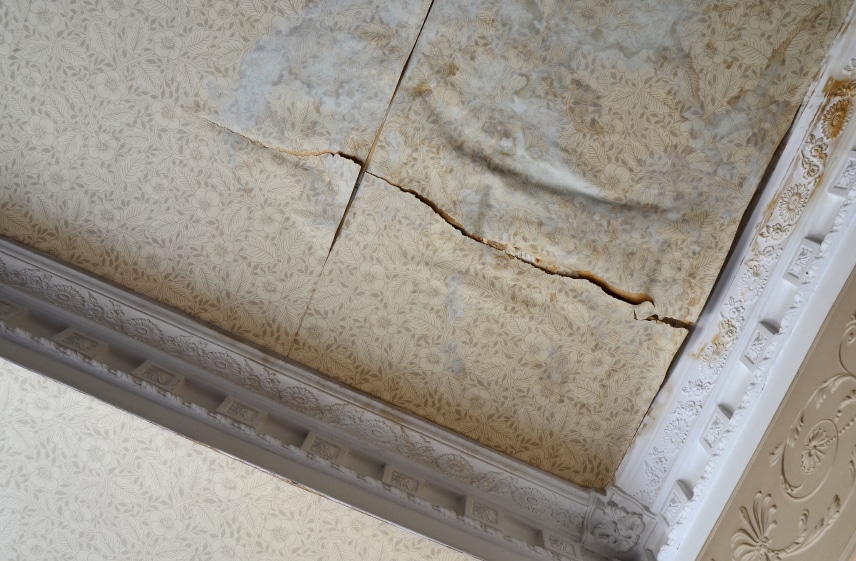oof leaks are not always gushing waterfalls. Sometimes they are slow trickles that can eventually cause mold, mildew, and water damage in your home. These issues can be costly to repair, and the longer they go on, the more expensive they will become. Avoid a high repair bill by watching for the signs of slow roof leaks listed below.
Mold Development In the Attic Or On The Ceiling
If you notice mold spores in your attic or on your ceiling, you may have a roof leak. Household mold comes forms when mold spores in the air make their way into areas of high moisture, like a bathroom or kitchen. The spores feed on the moisture and turn into major health problems in your home. That is why roof repair is a crucial element of mold prevention. If you notice mold in the upper areas of your home near the roof, you may have a slow leak that needs to be treated.
Discoloration On Your Ceiling
Discolored areas on your ceiling are certain signs of a leaky roof. Not only do they hurt the aesthetics of your home, but they also put you at risk of flooding later on. If you never see water coming from the discoloration, you may have a small leak that dries up before the drips get too heavy. Just because the water isn’t pouring down now doesn’t mean that it won’t in the future. It is best to tackle the problem before it gets too bad so you can minimize your damages and get your home back to normal.
Peeling Paint Or Wallpaper Near The Ceiling
This goes along the same lines as discoloration on the ceiling. As moisture builds up in places where your ceiling and walls connect, it may cause your paint or wallpaper to bubble and peel. This may also be the result of faulty craftsmanship or old paint and paper, but the moisture will speed up the peeling process. Before you just decide to paint over the problem, you may want to get to the root of the issue.
Dark Spots On Your Roof
If you ever notice a section of your roof that remains dark in color after a rain storm, you may have slow roof leaking inside. The dark coloration comes from water draining into a weak spot on the roof. As this area gets weaker, it will eventually cave in under the pressure of winter snow and spring rain storms. With a simple roof inspection, you can see just how extensive this damage may be and take the steps necessary to prepare your roof before the next rain showers.
